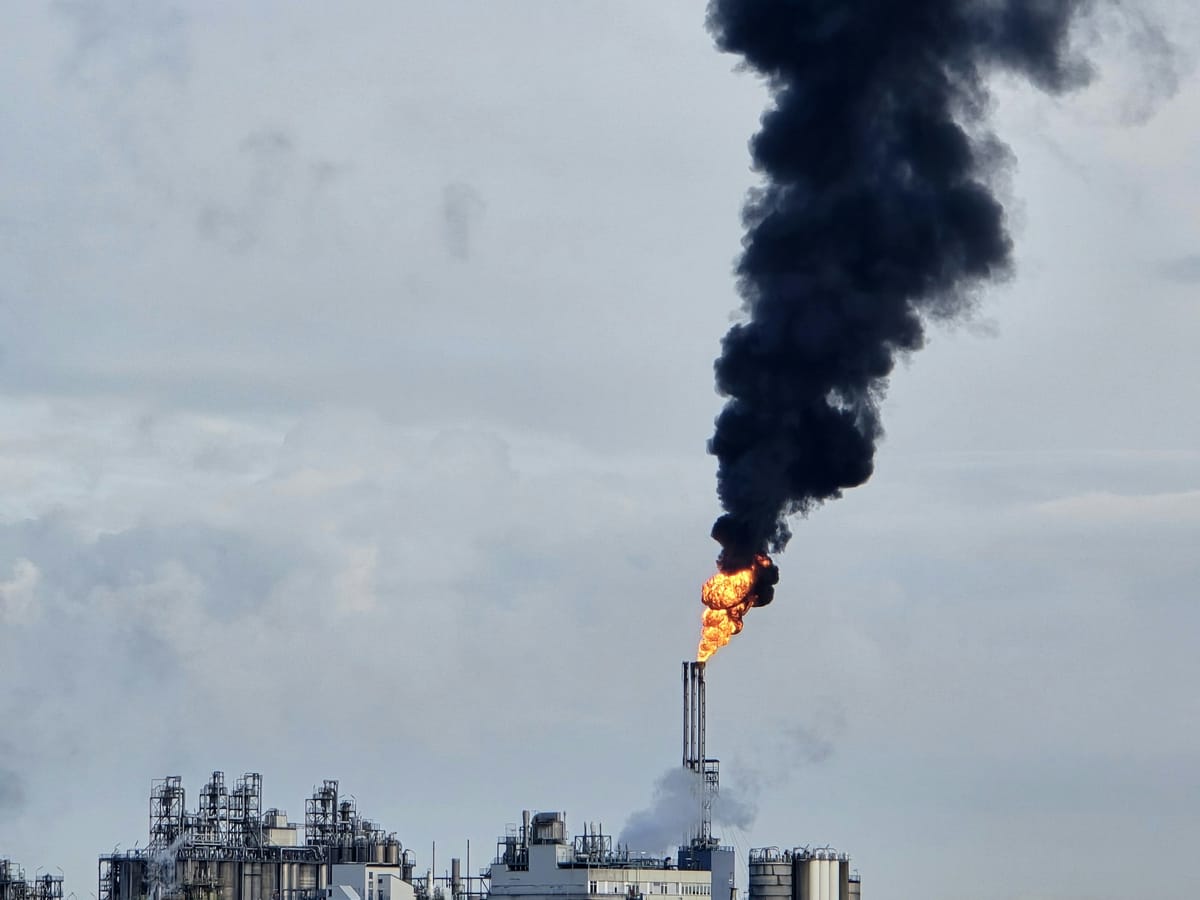Gas pains
A super-pollutant gets the cold shoulder

Methane traps ~30 times as much heat in the atmosphere over a 100 year period than carbon dioxide (CO2). Over 20 years however methane's (CH4) global warming potential is ~80 times greater than that of CO2.
CH4 is one of the climate super-pollutants, a group of atmospheric pollutants that have climate effects far greater than CO2, but which also result in other adverse environmental and health effects. The list of super-pollutants also includes tropospheric ozone, hydrofluorocarbons (HFCs), nitrous oxide (NOx), and black carbon.
In contrast to CO2 (which has an atmospheric lifetime measured in the centuries and where controlling the stock in the atmosphere determines the maximum extent of global warming), the super-pollutants are a flow problem (short-lived, and super powerful, they have an outsized impact on how fast the planet warms over the next few decades).

Of these potent greenhouse gases (GHGs), CH4 is thought to be responsible for nearly half of net global warming to date. Tackling this one super-pollutant is the fastest way to slow down the rate of warming in coming decades. Yet analysis by the Climate Policy Initiative (CPI) shows that finance for methane abatement measures represented less than 2% of total climate finance flows.
What do recent developments in economics, commodity markets, and climate policy say about the current state of methane abatement, and where we might be heading? Let's dive in.
Read the rest of this article with a 30-day free trial*
*and get access to the entire archive!





